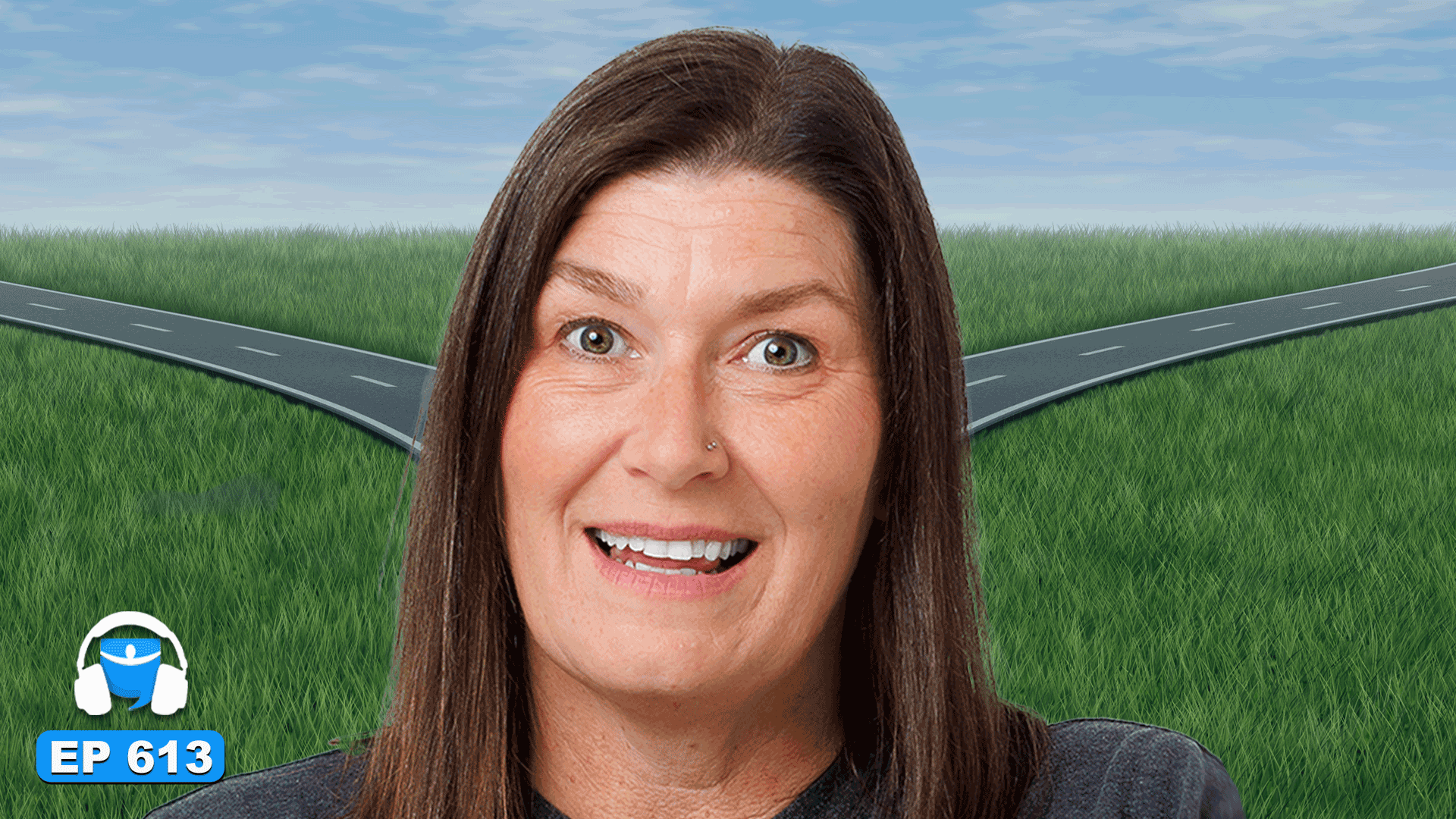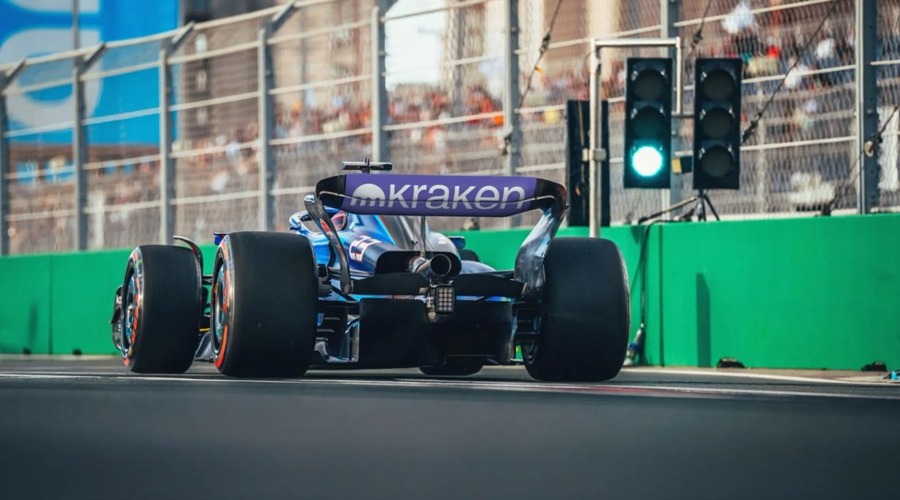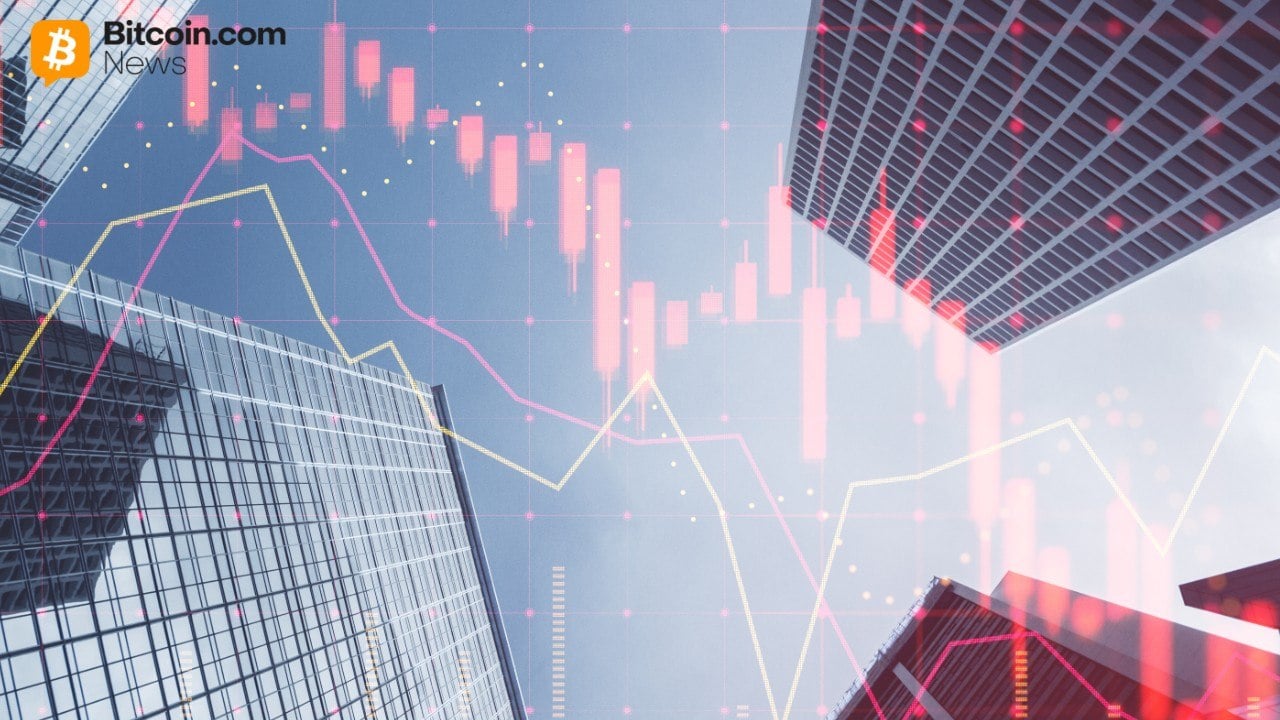Private equity (PE) ownership fundamentally reshapes a company’s financial profile, but understanding the true implications requires a deeper dive into balance sheet mechanics.
This final installment in my three-part series explores critical nuances in how PE-backed firms report their financials, particularly regarding intangible asset amortization and shareholder loans. These accounting distinctions can significantly impact leverage ratios, profitability measures, and overall financial interpretation, making them essential knowledge for investment professionals navigating the PE landscape.
Nuances in PE-Owned Company Balance Sheets
One important nuance in PE-owned company balance sheets is reported assets, and particularly the mechanical amortization of their intangible assets over time. When a group has grown by acquisition, its balance sheet may include intangible assets that reflect any difference between the price paid for assets and their book value.
These assets are then amortized over time through non-cash charges in the income statement. When an acquisition is made at a premium to book value, the group’s total assets will be understated over time relative to the actual capital that has been invested. The reverse holds for acquisitions made at a discount to their book value.
Naturally, this amortization process can have a considerable impact on a group’s profitability and leverage ratios, where the denominator is often the group’s total assets. That is, if total assets are understated, profitability and leverage ratios will rise. How serious an issue it may be will reflect the proportion of total assets which are represented by intangible assets and the speed at which intangibles are amortized.[1] The higher these are, the greater the distortion in total assets.
To underline how this can affect PE-backed targets’ assets — and consequently impact any accounting ratios – in a recent study, I closely examine the financial structure of PE-backed groups in the UK over the last two decades. Figure 1 shows the median and interquartile percentage difference between the PE target group’s net and gross intangible assets in each year, post-buyout. Median gross intangible assets are around 10% larger than net intangible assets in the first year, post-buyout. This difference increases by about 40% after five years.
Figure 1: Percentage difference between gross and net intangible assets during the PE holding period.

Note: Figure 1 shows the median and interquartile range of the difference between PE portfolio companies’ gross and net intangible assets during the PE holding period, from the consolidated group accounts. The dot shows the median for each year relative to the buyout, and the bars show the interquartile range.
The second important nuance in PE-owned company balance sheets is how PE investors invest in target groups. They often invest through a combination of ordinary equity alongside shareholder loans. Shareholder loans are loans made from the PE investor to the company which they are acquiring. Interest on these loans is often rolled up and paid at exit when the business is sold. The rationale behind using these instruments may reflect tax considerations, seniority, and incentivizing management. They typically sit between junior debt and equity on the capital structure.
It may be argued that these shareholder loans ought to be excluded from the total debt figure (and therefore leverage ratios) of PE targets as they often require minimal contractual cash payments, and a lender who is a shareholder is unlikely to take legal actions in the event of financial distress. Nevertheless, it is debatable as to whether shareholder loans should be treated as debt or as equity.

Figure 2 shows that these shareholder loans typically represent a considerable portion of liabilities for PE-backed firms during the PE ownership years. At the median, shareholder debt represents between 35% and 40% of total liabilities of the target group’s balance sheet in each year during the PE ownership period.
Figure 2: Shareholder debt as a percentage of total liabilities during the PE holding period.

Note: Figure 2 shows the median and interquartile range of PE portfolio companies’ shareholder debt as a percentage of total liabilities during the PE holding period, from the consolidated group accounts. The dot shows the median for each year relative to the buyout, and the bars show the interquartile range.
Figure 3 is an illustrative example of the impact of shareholder debt on leverage ratios. In panel B of Figure 3, if we compute the leverage ratio (total debt divided by total assets) of the consolidated group entity, Viola Holdco Limited, and include shareholder debt within the total debt figure, the group would have a leverage ratio of 86% in 2018 and rising to 96% in 2022. However, if we classify shareholder debt as equity instead of debt, the leverage ratio would instead be calculated as 36% in 2018 and falling to 30% in 2022.[2] It is perhaps unlikely that the PE investor, Inflexion Private Equity Partners LLP, would report Xtrac’s leverage to LPs and to third-party lenders including shareholder loans.
Figure 3: Consolidated and Operating Firm Accounts.

Together, being able to identify shareholder debt on the balance sheet and being able to account for gross intangible assets allows for a cleaner and more detailed analysis of PE-backed targets.
Figures 4 and 5 show the median and interquartile range of PE portfolio companies’ leverage (as measured by total debt divided by total assets) and return on assets (as measured by EBITDA divided by total assets) from the year prior to the buyout to five years following the buyout, comparing between operating entity accounts, and consolidated group accounts.
Figure 4: Leverage during the PE ownership period.

Note: Figure 4 shows the median and interquartile range of PE portfolio companies’ leverage, as measured by total debt divided by total assets, from the year prior to the buyout to five years following the buyout. The dot shows the median for each year relative to the buyout, and the bars show the interquartile range.
There are considerable differences between leverage when calculated based on financials reported in the operating entity accounts, compared to leverage based on consolidated group financials. Median leverage is around three to four times larger when using consolidated group accounts in the post-buyout period.
Furthermore, when excluding shareholder debt from the total debt figure and replacing net intangible assets with gross intangibles, naturally, the difference between the calculated leverage ratios falls. Nevertheless, leverage at the consolidated group level is still considerably higher.
Figure 5: Profitability during the PE ownership period.

Note: Figure 5 shows the median and interquartile range of PE portfolio companies’ profitability, as measured by EBITDA divided by total assets, from the year prior to the buyout to five years following the buyout. The dot shows the median for each year relative to the buyout, and the bars show the interquartile range.
When considering firm profitability, studying the return on assets using unconsolidated operating entity accounts would suggest that there is a decline in the median profitability following a buyout from around 15% to 12%. This understates the true decline, however. The consolidated group financials show that the median return on assets falls to closer to 8% during the PE holding period. Replacing net intangible assets with gross intangible assets, the decline in the median return on assets is slightly greater, particularly in later years.

Key Takeaways
This post highlights important distinctions in PE buyout target accounting when studying operating performance in the post-buyout period. Focusing on unconsolidated operating entity accounts would not correctly capture the full financial picture of the target group following the buyout. Importantly, it would understate leverage and overstate profitability.
This ought to be of interest and relevance to policymakers seeking to understand the economic impact of PE ownership. Moreover, the classification of shareholder debt, and the amortization of intangible assets have material consequences for any accounting ratios constructed for PE-backed firms.
Investment professionals must carefully consider how shareholder loans and intangible assets influence financial ratios, as these factors materially shape the post-buyout financial landscape. A nuanced understanding of these elements ensures a more accurate evaluation of PE-backed firms, aiding better decision-making in investment analysis and policy considerations.
Read the Full Series
Part II: Decoding PE Buyouts: The Full Financial Picture is in the Consolidated Accounts
Part I: What Lies Beneath a Buyout: The Complex Mechanics of Private Equity Deals
[1] For example, it may be less of an issue in sectors with significant amounts of tangible fixed assets, such as manufacturing firms.
[2] There would similar differences using other leverage ratios, such as debt divided by EBITDA






























